Commonly used transformer cores are generally made of silicon steel sheets. Silicon steel is a kind of steel made of silicon (silicon is also called silicon), and its silicon content is 0.8 to 4.8%. The iron core of the transformer is made of silicon steel because silicon steel itself is a magnetic material with strong magnetic permeability.
We know that the actual transformer always works in the AC state, and the power loss is not only in the resistance of the coil, but also in the iron core under the magnetization of the alternating current. The power loss in the iron core is usually called "iron loss". The iron loss is caused by two reasons, one is "hysteresis loss" and the other is "eddy current loss".
The hysteresis loss is the iron loss caused by the hysteresis phenomenon during the magnetization process of the iron core. The size of this loss is proportional to the size of the area enclosed by the hysteresis loop of the material. The hysteresis loop of silicon steel is narrow, and the hysteresis loss of the iron core of the transformer is small, which can greatly reduce the degree of heat generation.
Since silicon steel has the above advantages, why not use a whole piece of silicon steel as the iron core, but also process it into flakes? This is because the chip core can reduce another kind of iron loss - "eddy current loss".
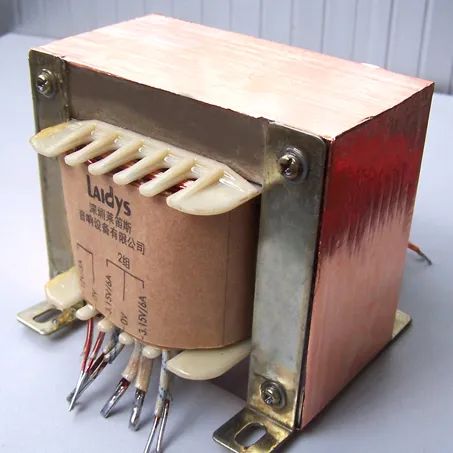
When the transformer is working, there is an alternating current in the coil, and the magnetic flux it produces is of course alternating. This changing magnetic flux induces a current in the iron core. The induced current generated in the iron core circulates in the plane perpendicular to the direction of the magnetic flux, so it is called eddy current.
Eddy current losses also heat the core. In order to reduce the eddy current loss, the iron core of the transformer is made of silicon steel sheets that are insulated from each other, so that the eddy current passes through a small cross-section in a narrow and long loop to increase the resistance on the eddy current path; at the same time, the silicon in the silicon steel makes the The resistivity of the material increases, which also acts to reduce eddy currents.

For the iron core of the transformer, a cold-rolled silicon steel sheet with a thickness of 0.35mm is generally used. According to the size of the required iron core, it is cut into a long piece, and then overlapped into a "day" shape or a "mouth" shape. Theoretically speaking, in order to reduce the eddy current, the thinner the thickness of the silicon steel sheet and the narrower the spliced sheet, the better the effect. This not only reduces the eddy current loss and temperature rise, but also saves the materials used for silicon steel sheets.
But actually when making silicon steel sheet iron core. It is not only from the above-mentioned favorable factors, because the production of the iron core will greatly increase the man-hours and reduce the effective cross-section of the iron core. Therefore, when using silicon steel sheets to make transformer cores, we must proceed from the specific situation, weigh the pros and cons, and choose the best size.
Transformers are made according to the principle of electromagnetic induction. There are two windings, a primary winding, and a secondary winding, wound on the closed core leg. When the primary winding is false to the AC power supply voltage. There is an alternating current in the original Rao group, and a magnetic potential is established, and an alternating main magnetic flux is generated in the iron core under the action of the magnetic potential.
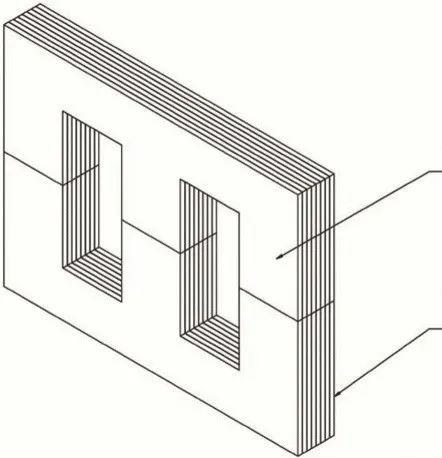
As for why it can be boosted, and bucked? Then it needs to be explained by Lenz's law. The magnetic flux generated by the induced current always hinders the change of the circular magnetic flux. When the original magnetic flux increases, the magnetic flux generated by the induced current is opposite to the original magnetic flux, that is, the second The induced magnetic flux produced by the winding is opposite to the main magnetic flux produced by the primary winding, so a low-level alternating voltage appears in the secondary winding. Therefore, the iron core is the magnetic circuit part of the transformer.
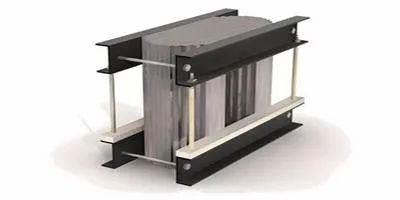
Silicon steel sheet
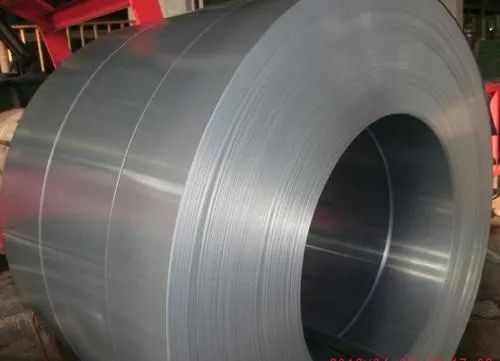
Silicon steel sheet for electrical use is commonly known as silicon steel sheet or silicon steel sheet. As the name implies, it is an electrical silicon steel with silicon content as high as 0.8%-4.8%, which is made by hot and cold rolling. Generally, the thickness is below 1mm, so it is called thin plate. In a broad sense, silicon steel sheet belongs to the plate category, and it is an independent branch due to its special purpose. Silicon steel sheet for electrical use has excellent electromagnetic properties and is an indispensable and important magnetic material in the electric power, telecommunication and instrumentation industries.
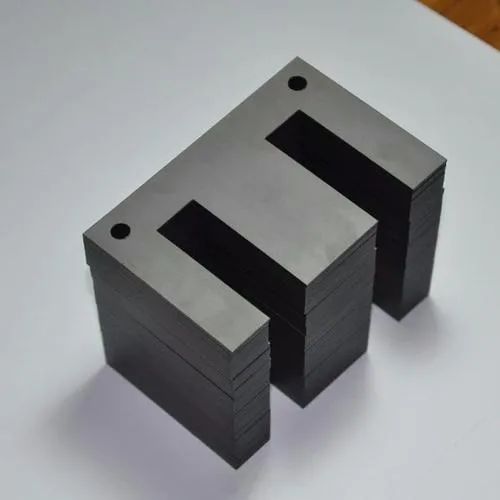
(1) Classification of silicon steel sheets
A. Silicon steel sheets can be divided into low silicon and high silicon according to their silicon content. Low silicon wafers contain less than 2.8% silicon, which has a certain mechanical strength, and are mainly used in the manufacture of motors, commonly known as motor silicon steel; For the manufacture of transformer cores, commonly known as transformer silicon steel sheets. There is no strict boundary between the two in actual use, and high silicon wafers are often used to manufacture large motors.
B. According to the production and processing technology, it can be divided into two types: hot rolling and cold rolling, and cold rolling can be divided into two types: non-oriented and oriented. Cold-rolled sheets have uniform thickness, good surface quality and high magnetic properties. Therefore, with the development of industry, hot-rolled sheets tend to be replaced by cold-rolled sheets. "replacing heat with cold").
(2) Performance index of silicon steel sheet
A. Low iron loss. The most important indicator of quality, all countries in the world divide grades by iron loss value. The lower the iron loss, the higher the grade and the higher the quality.
B, high magnetic induction intensity. Under the same magnetic field, a silicon steel sheet with higher magnetic induction can be obtained, and the volume and weight of the motor or transformer iron core made by it are relatively small, which can relatively save silicon steel sheet, copper wire and insulating materials.
C, the stacking coefficient is high. The surface of the silicon steel sheet is smooth, flat and uniform in thickness, and the stacking coefficient of the iron core is improved.
D. Good punchability. This is even more important for the manufacture of small, miniature motor cores.
E. The surface has good adhesion and weldability to the insulating film.
F. Magnetic aging G. The silicon steel sheet shall be delivered after annealing and pickling.
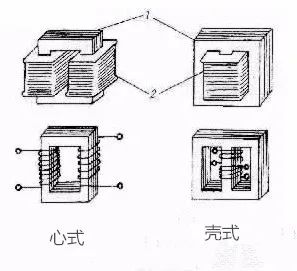
(1) Hot-rolled silicon steel sheet for electrical use (GB5212-85) The hot-rolled silicon steel sheet for electrical use is made of ferrosilicon soft magnetic alloy with low carbon loss and is hot-rolled into a sheet with a thickness of less than 1mm. Hot-rolled silicon steel sheet for electrical use is also called hot-rolled silicon steel sheet. Hot-rolled silicon steel sheets can be divided into low-silicon (Si≤2.8%) and high-silicon (Si≤4.8%) steel sheets according to their silicon content.
(2) Electrical cold-rolled silicon steel sheet (GB2521-88) is made of electrical silicon steel containing 0.8%-4.8% silicon and is cold-rolled. Cold-rolled silicon steel sheets are divided into two types: grain-free and grain-oriented steel strips. Cold-rolled electrical steel strip has the characteristics of smooth surface, uniform thickness, high stacking coefficient, good punching performance, and has higher magnetic induction and lower iron loss than hot-rolled electrical steel strip. Using cold strips instead of hot strips to manufacture motors or transformers can reduce their weight and volume by 0%-25%.
If the cold-rolled oriented strip is used, the performance is better. Using it to replace the hot-rolled strip or the low-grade cold-rolled strip can reduce the power consumption of the transformer by 45%-50%, and the working performance of the transformer is more reliable. Used in the manufacture of motors and transformers. Generally, grain-oriented cold-rolled strips are used as the state of motors or welding transformers, etc.; grain-oriented cold-rolled strips are used as iron cores for power transformers, pulse transformers, magnetic amplifiers, and the like. Steel plate specifications and dimensions: thickness of 0.35, 0.50, 0.65mm, width of 800-1000mm, and length of ≤2.0m.

(3) Hot-rolled silicon steel sheet for household appliances (GBH46002-90) The grade of hot-rolled silicon steel sheet for household appliances is represented by J (home) D (electricity) R (hot rolling), namely JDR. The number after JDR is the iron loss value*100, and the number after the horizontal line is the thickness of the steel plate (mm)*100. The electromagnetic performance requirements of hot-rolled silicon steel sheets for household appliances can be slightly lower, and the minimum iron loss value (P15/50) is 5.40W/kg. Usually delivered without washing. Differential motors used in various household appliances such as electric fans, washing machines, vacuum cleaners, range hoods, etc.